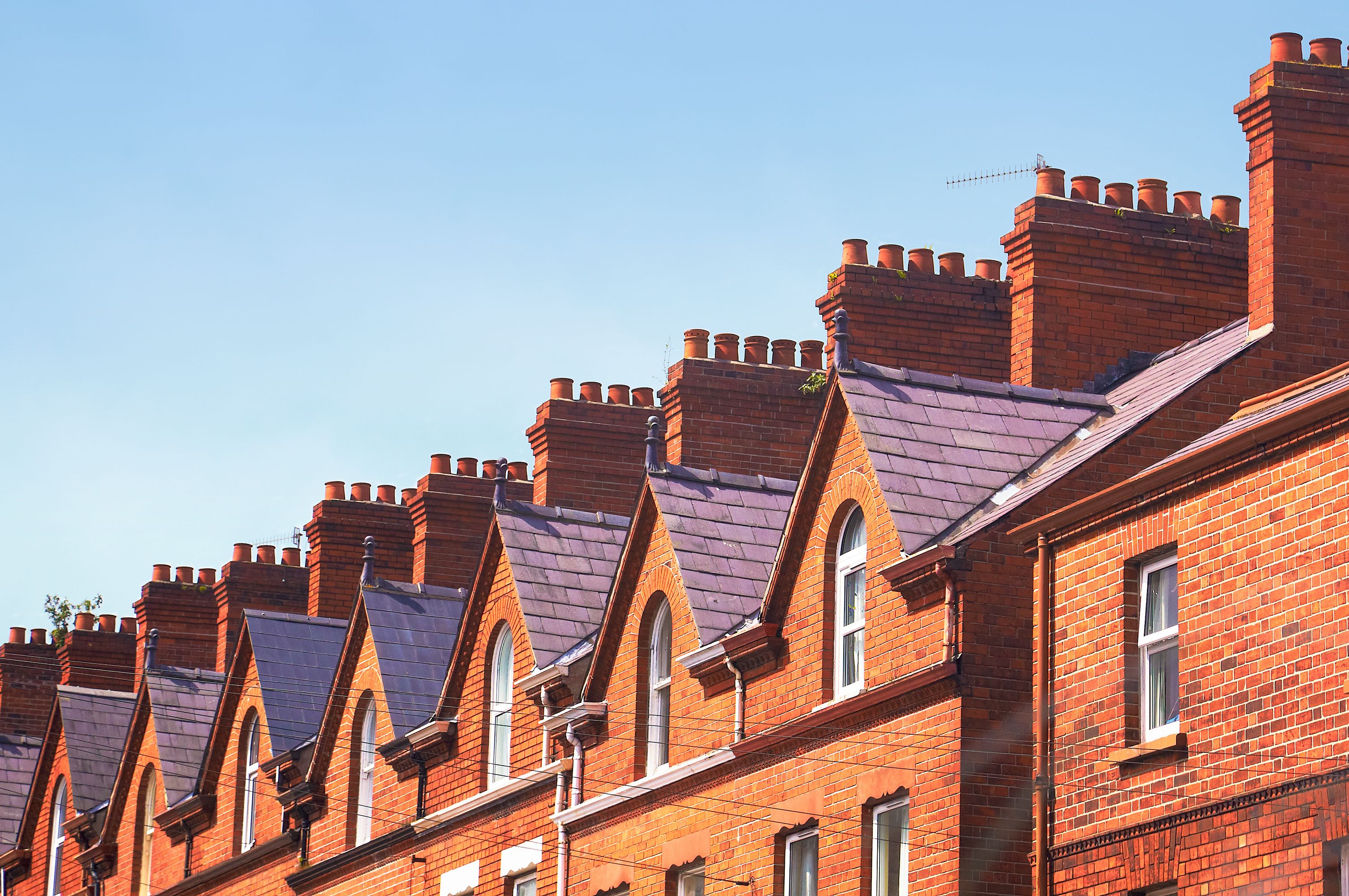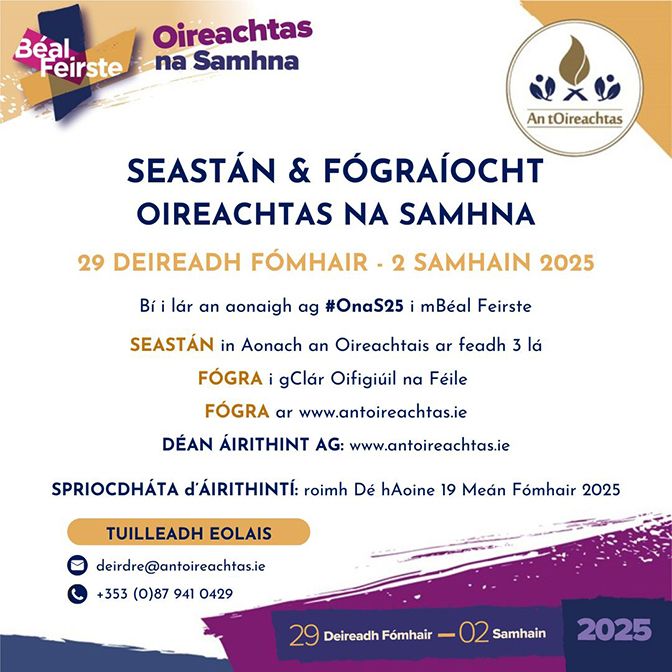THE latest Quarterly House Price Index Report for the North highlights that, after a slower end to 2024, the average price of properties (£212,996) was up 5.9 per cent than the first quarter of 2024.
The renewed momentum has been driven by enhanced consumer confidence and a more competitive mortgage landscape. With sub-4 per cent interest rates and the expansion of low-deposit mortgage offerings from mainstream lenders, buying is becoming more accessible than it once was for many. This is reflected in rising bidding activity and greater volumes of new listings. Emerging signs of further interest rate cuts are expected, and even cheaper borrowing will almost certainly see this market optimism continue into the summer months.
However, an undercurrent of caution in the market remains. Economic and political uncertainty, particularly in relation to changes in stamp duty thresholds and wider fiscal pressures – such as increases in employer taxes and global trade disruptions – are casting shadows over the longer-term outlook. This is likely to temper market sentiment as we move into the second and third quarters of the year.
Research analysis by property type showed increasing prices across all house types, with terrace/townhouse averaging prices of £146,604 and semi-detached houses at £200,438 an annual increase of 3.6 per cent and 3.4 per cent respectively. The detached market showed an increase of 1.4 per cent, bringing average prices to £307,761, and apartment prices jumped up 8.5 per cent relative to last year’s price, to £164,665.
While the findings do not necessarily indicate a particular trend, and likely reflect factors such as the type and age of dwellings, it is interesting that during this particular quarter the direction of price change was split along very broad east/west, urban/rural lines, with more tendency for growth in the locations further away from the wider Belfast metropolitan area.
As tends to be the case, the figures in the report paint a varied picture across the North. Average house prices fell slightly in around half of the eleven local government districts, the majority of which were in proximity to Belfast. In contrast, the greatest price growth between Q4 2024 and Q1 2025 was in Derry & Strabane (6.8 per cent). The Belfast City Council area also recorded quarterly price growth (3.1 per cent), along with Newry Mourne & Down (4.0 per cent), Mid Ulster (3.5 per cent) and Armagh City, Banbridge and Craigavon. Prices also increased, albeit at a lower rate, in the Fermanagh and Omagh District (1.7 per cent).



